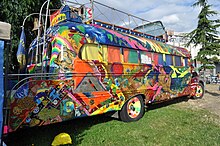
Ken Elton Kesey was an American novelist, essayist and countercultural figure. He considered himself a link between the Beat Generation of the 1950s and the hippies of the 1960s.
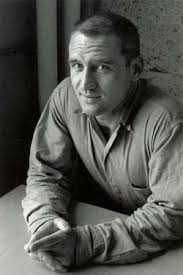
Neal Leon Cassady was a major figure of the Beat Generation of the 1950s and the psychedelic and counterculture movements of the 1960s.
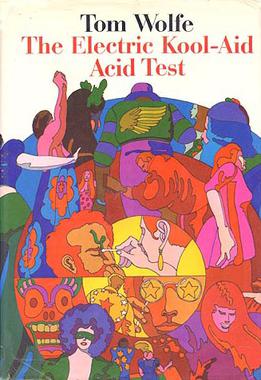
The Electric Kool-Aid Acid Test is a 1968 nonfiction book by Tom Wolfe written in the New Journalism literary style. By 1970, this style began to be referred to as Gonzo Journalism, a term coined for the work of Hunter S. Thompson. The book presents a firsthand account of the experiences of Ken Kesey and a group of psychedelic enthusiasts, known as the Merry Pranksters, who traveled across the United States in a colorfully-painted school bus they called Furthur. Kesey and the Pranksters became famous for their use of psychedelic drugs to achieve expansion of their consciousness. The book chronicles the Acid Tests and encounters with notable figures of the time, and describes Kesey's exile to Mexico and his arrests.

Furthur is a 1939 International Harvester school bus purchased by author Ken Kesey in 1964 to carry his "Merry Band of Pranksters" cross-country, filming their counterculture adventures as they went. The bus featured prominently in Tom Wolfe's 1968 book The Electric Kool-Aid Acid Test but, due to the chaos of the trip and editing difficulties, footage of the journey was not released as a film until the 2011 documentary Magic Trip.
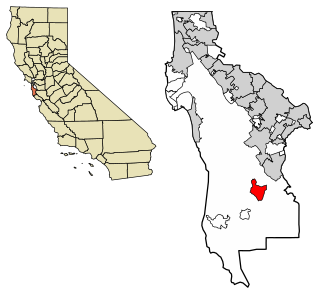
La Honda is a census-designated place (CDP) in southern San Mateo County, California, United States. The population was 979 at the 2020 census. It is located in the Santa Cruz Mountains between the Santa Clara Valley and California's Pacific coast. La Honda is near the La Honda Creek Open Space Preserve and State Route 84 on the ocean side of the Coastal Range.
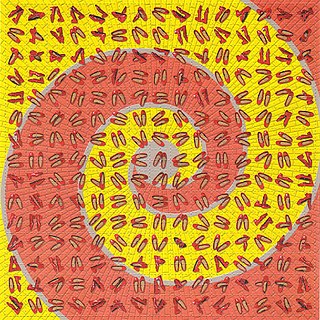
The psychedelic drug lysergic acid diethylamide (LSD) was first synthesized on November 16, 1938, by the Swiss chemist Albert Hofmann in the Sandoz laboratories in Basel, Switzerland. It was not until five years later on April 19, 1943, that the psychedelic properties were found. Today, the discovery of LSD is celebrated worldwide during the annual Bicycle Day holiday, serving also as the day celebrating the psychedelic revolution in general.
Carolyn Elizabeth Garcia, also known as "Mountain Girl", is an American Merry Prankster and the former wife of Jerry Garcia, the lead vocalist and guitar player with the band Grateful Dead.
Ken Babbs is a famous Merry Prankster who became one of the psychedelic leaders of the 1960s. He along with best friend and Prankster leader, Ken Kesey, wrote the book Last Go Round. Babbs is best known for his participation in the Acid Tests and on the bus Furthur.

Dog Soldiers is a novel by Robert Stone, published by Houghton Mifflin in 1974. The story features American journalist John Converse, a Vietnam correspondent during the war, Merchant Marine sailor Ray Hicks, Converse's wife Marge, and their involvement in a heroin deal gone bad. It shared the 1975 U.S. National Book Award for Fiction with The Hair of Harold Roux by Thomas Williams. Dog Soldiers was named by Time magazine one of the 100 best English-language novels, 1923 to 2005.
David Kahne is an American record producer, musician, composer, and former record company executive.

Who'll Stop the Rain is a 1978 American crime war film directed by Karel Reisz and starring Nick Nolte, Tuesday Weld, Michael Moriarty, and Anthony Zerbe. It was released by United Artists and produced by Herb Jaffe and Gabriel Katzka with Sheldon Schrager and Roger Spottiswoode as executive producers. The screenplay was by Judith Rascoe and Robert Stone, based on Stone's novel Dog Soldiers (1974), the music score by Laurence Rosenthal, and the cinematography by Richard H. Kline. The movie was entered in the 1978 Cannes Film Festival.
Paul M. Foster was a Merry Prankster best known for illustrating the book Kesey's Garage Sale. He was a founding member of Wavy Gravy's Hog Farm commune.

The Acid Tests were a series of parties held by author Ken Kesey primarily in the San Francisco Bay Area during the mid-1960s, centered on the use of and advocacy for the psychedelic drug LSD, commonly known as "acid". LSD was not made illegal in California until October 6, 1966.
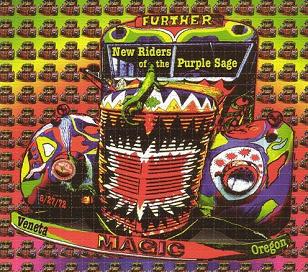
Veneta, Oregon, 8/27/72 is an album by the country rock band the New Riders of the Purple Sage. It was recorded live on August 27, 1972, at the Springfield Creamery Benefit concert, at Temple Meadow, near Veneta, Oregon. It was released on September 21, 2004. It was the third complete New Riders concert that was recorded in the 1970s and released in the 2000s as an album on the Kufala Recordings label, and the only one to be released as one disc instead of two.
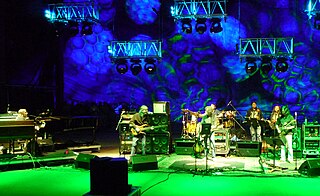
Furthur was an American rock band founded in 2009 by former Grateful Dead members Bob Weir and Phil Lesh. The original lineup also included John Kadlecik of Dark Star Orchestra on lead guitar, RatDog's Jeff Chimenti on keyboards and Jay Lane on percussion, and Joe Russo of the Benevento/Russo Duo on drums. Named after the famous touring bus used by Ken Kesey and the Merry Pranksters in the 1960s, Furthur was an improvisational jam band that performed music primarily from the extensive Grateful Dead songbook, as well as their own original music and that of several other well-known artists. In addition to the original members, the band's lineup included backup vocalists Sunshine Becker of the a cappella ensemble SoVoSó and Jeff Pehrson of the folk rock bands Box Set and the Fall Risk. After five years, Furthur disbanded in late 2014.

Magic Trip is a 2011 American documentary film directed by Alison Ellwood and Alex Gibney, about Ken Kesey, Neal Cassady, and the Merry Pranksters.
Paul Perry is the co-author of several New York Times bestsellers, including Evidence of the Afterlife, Closer to the Light, Transformed by the Light, and Saved by the Light which was made into a popular movie by Fox. His books have been published in more than 30 languages around the world and cover a wide variety of subjects from near-death experiences to biographies of authors Ken Kesey and Hunter S. Thompson.
Lee Quarnstrom was an American journalist, executive editor of Larry Flynt’s Hustler Magazine, and a Beatnik. He was a core member of the Merry Band of Pranksters, a group loosely led by novelist Ken Kesey.
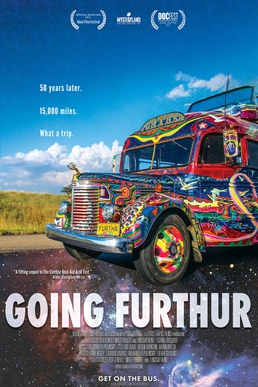
Going Furthur is an American-Canadian documentary film about taking Ken Kesey's bus Furthur back on the road in 2014 for a 75-day trip covering 15,000 miles, along with a group of new Merry Pranksters.
